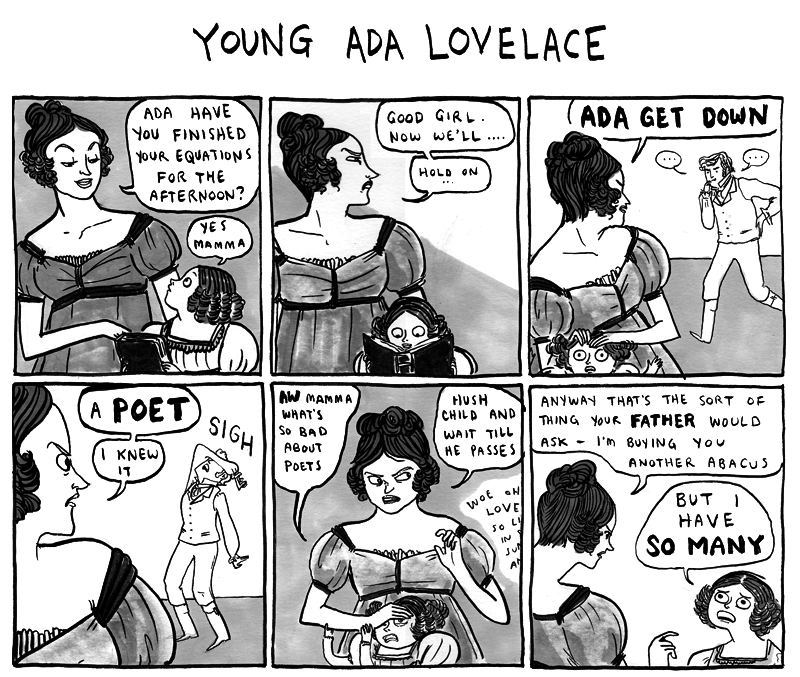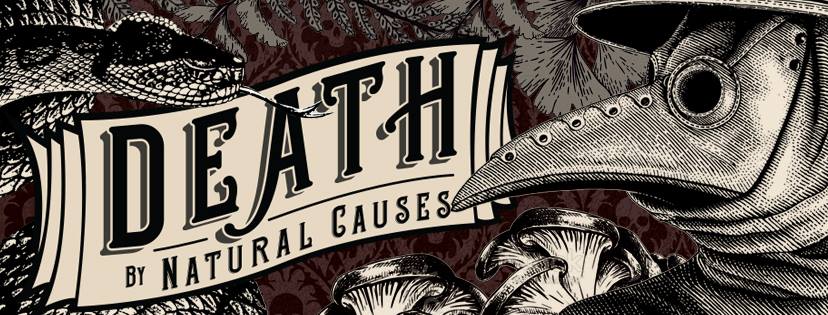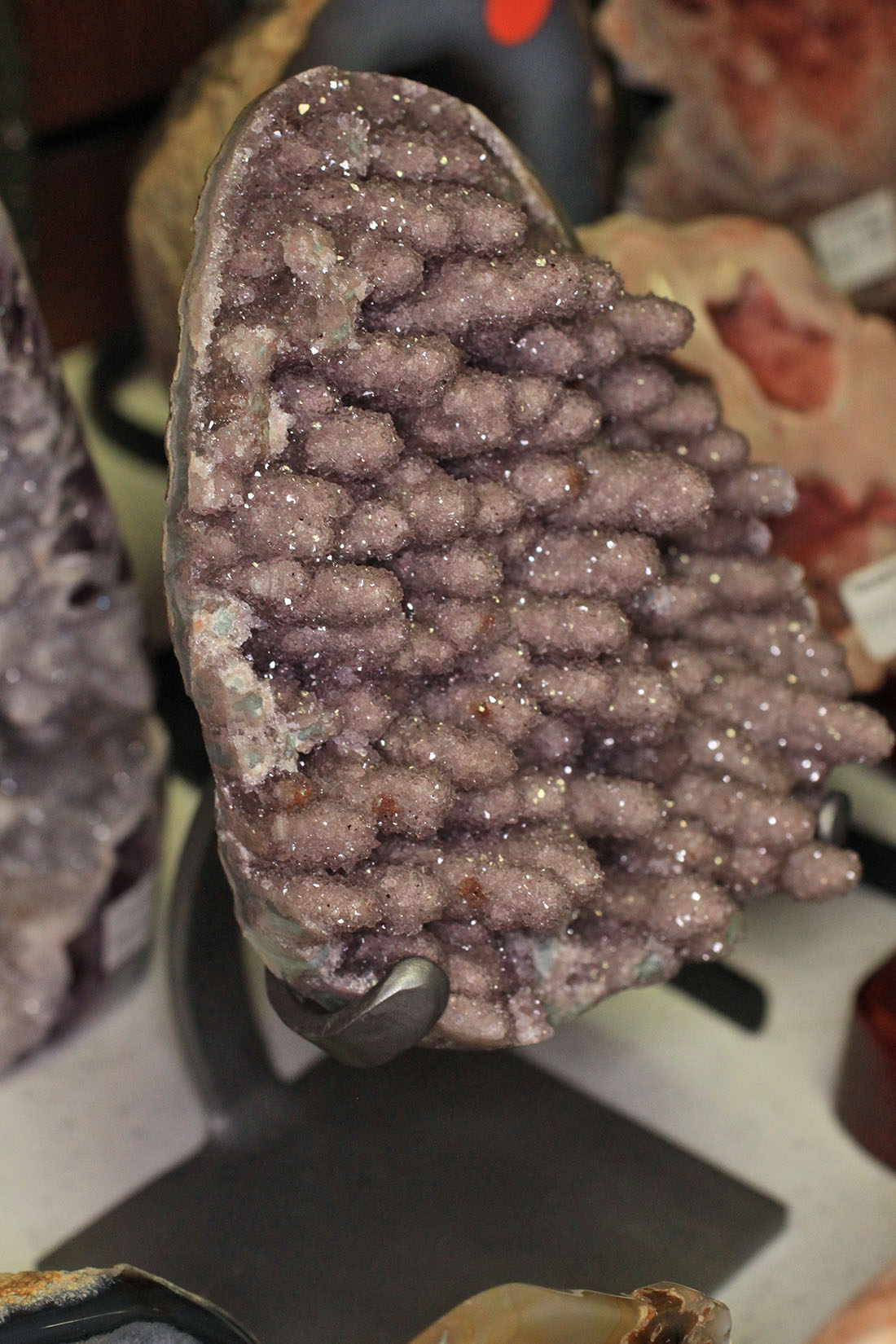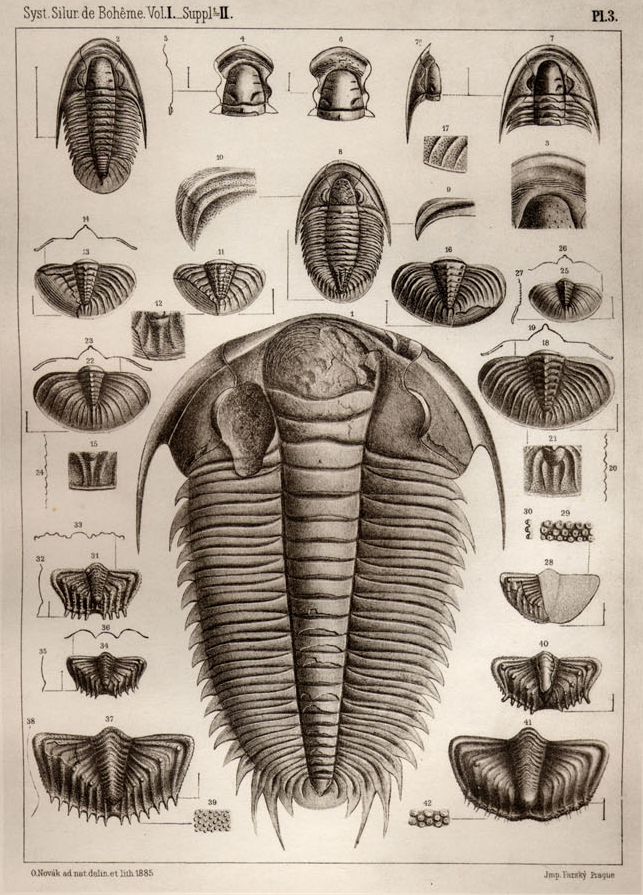Editor’s Note: This post is the second in a series featuring influential women from STEM (Science, Technology, Engineering and Math) fields in the lead up to HMNS’ annual GEMS (Girls Exploring Math and Science) event, February 21, 2015. Click here to get involved!
The modern tech industry is currently dominated by men — a problem with its origins in the 1980s. While many companies have begun to reconfigure their goals and diversify their staffs in order to be more inclusive, it wasn’t always this way.
In fact, many, if not most, of the functions modern computing has taken on, were originally thought of by a woman in the 1800s — a woman who wrote the first computer algorithm.
This woman was Ada Lovelace, or Augusta Ada, Countess of Lovelace born in 1815 as the daughter of famed poet Lord Byron. It might seem strange that a poet’s daughter would turn “techie” as such, but Lovelace’s computational genius was undeniable and encouraged from a very young age.
You see, her mother (who was apparently not very fond of Lord Byron) wanted her daughter to be as unlike her father as possible, and thereby stressed mathematics and science, and left out poetry, in her tutoring.
However, Lovelace’s inner poet could not be extinguished, manifesting itself in her beautifully artistic approach to her field, calling it “poetic sciences.”
When she was 17, Lovelace was introduced her to Charles Babbage, who was working on a prototype for the Analytical Engine, one of the predecessors to electronic computers.
Devised as a way to solve complex mathematical formulas, Ada created the first algorithm for the engine. However, she saw past this function, envisioning a future where the machine could perform a variety of tasks and questioned how technology and society interact and affect one another. On this, she said:
“[The Engine] might act upon other things besides number, were objects found whose mutual fundamental relations could be expressed by those of the abstract science of operations, and which should be also susceptible of adaptations to the action of the operating notation and mechanism of the engine…
Supposing, for instance, that the fundamental relations of pitched sounds in the science of harmony and of musical composition were susceptible of such expression and adaptations, the engine might compose elaborate and scientific pieces of music of any degree of complexity or extent.”
While the plans for the Analytical Engine were never fully realized, Lovelace wrote scholarly papers on the theoretical machine, along with her algorithm, which proved vital for those building the first computer a century later.
HMNS is highlighting females that made contributions to STEM fields leading up to our annual GEMS (Girls Exploring Math and Science) event, February 21, 2015!
Girls Exploring Math and Science (GEMS) is an event that showcases some of the great things girls do with science, technology, engineering and math! Students can present a project on a STEM related subject for the chance to earn prize money for their school.
If you, or a student you know is interested, apply for a student booth today!
Want to know more about the wonder women of STEM?
Click here for the first post in the series, Wonder Women of STEM: Mary Anning, Fossil Hunter










